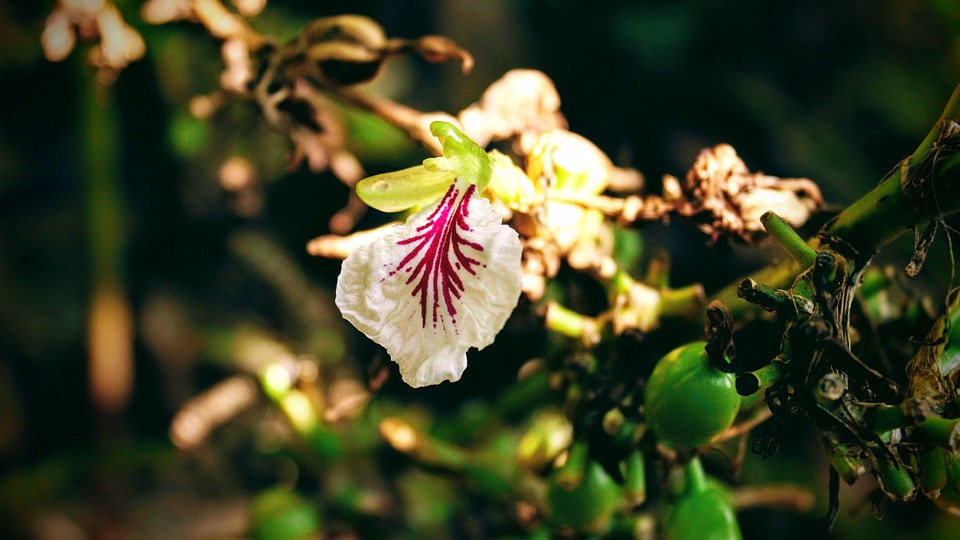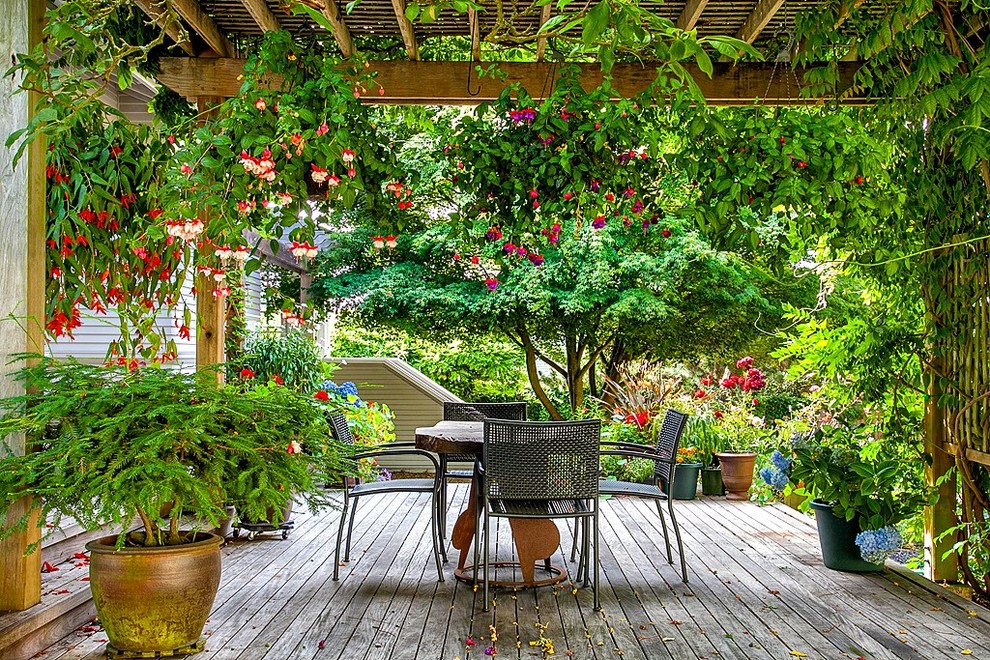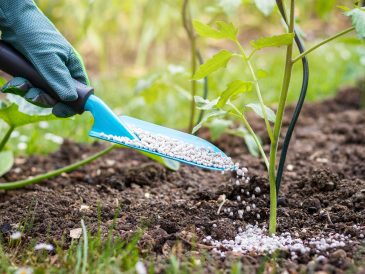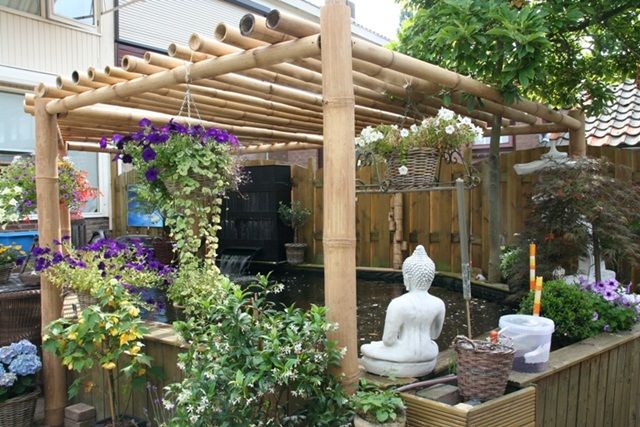Cardamom is a tropical spice in the same family as ginger. The same name often refers to it as other plants, of which amoximum is the closest to true cardamom.
Temperature & Pots
Cardamom is sometimes cultivated for both ornamental and culinary purposes because of its beautiful appearance. Its cultivation method is not straightforward. Its origins are Iran, India, and Malaysia and cultivated mainly in Central and South America. You can grow cardamoms with very mild temperatures, especially in winter, and it requires protection from the cold. This is why cardamom is considered one of the three most expensive spices in the world, along with cinnamon and saffron.
Cardamom is a plant that withers at temperatures below 10°C and suffers at 10-15°C. The ideal growing temperature is around 22-25°C. In addition, cardamom may only be grown in pots, and given its vigorous root development and rhizome formation, very large pots are required. For this reason, it is best to move it on a cart with wheels during the change of seasons.
Therefore, it is easy to adjust the pH of the soil when growing in pots, although acidic peat is most often added when growing in soil. In this case, a 40% ornamental plant soil mixture, 30% peat with a pH of about 3-4.5, and 30% silica sand is recommended.
Sowing & Watering
The irrigation water should not be calcareous and should be demineralized or deionized because it increases the pH. Sowing is very difficult because the germination rate is low, about 30%, and seeds must be buried as fresh as possible. And cardamom must be placed in a bright place, but not in a sunny spot, as the leaves will burn.
This shows, among other things, that cultivation must be done with care and that the cost-benefit must be carefully evaluated when done for commercial purposes. Cardamom irrigation should be increased gradually from winter, when irrigation should be kept to the minimum necessary (to assess the humidity of the substrate), to summer, when irrigation should be constant, but very carefully, not excessive to avoid stagnation phenomena.
Fertilizing
Fertilizer should be added to the substrate with fully ripe compost (mixed with plenty of acidic pH peat) in open fields and earthworm humus in potted plants. Fertilizer should be applied at the end of winter and replenished every three months by gently mixing it into the substrate (or soil) so as not to disturb the roots.
Flowering
Cardamom flowers in the spring, from April to May, and the seed coat ripens slowly, from August to February, in its monsoon climate of origin. However, when ideal growing conditions are maintained, and the capsules have matured, the seeds should be opened by hand and removed, and the removed seeds should be further dried and stored in a sealed jar in a dark place away from heat sources. Some prefer to leave the seeds in the capsule to preserve the aroma of cardamom seeds better.

Pests
Generally, they are not affected by pests. However, there are some pests and diseases that attack it.
Cardamom mosaic virus: this is the deadliest disease affecting cardamom. It is a viral disease spread by aphids. The main way to avoid this disease is to maintain healthy plants and keep them free of aphids.
Rhizome rot: symptoms include chlorosis of leaves, yellowing of lower leaves, early fruit drop, and rhizome rot. This can occur when planting density is high, aeration is poor or when the soil is waterlogged.
Other pests such as cardamom thrips, capsule rot, and nematodes can infect and damage the plant.
Let us know if these few tips have helped you in the comments below!





